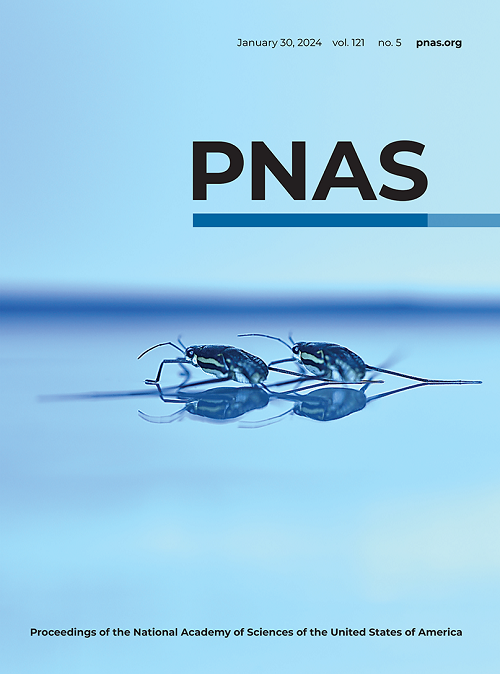Robust single-trial decoding of physical self-motion from hemodynamic signals in the brain measured by functional ultrasound imaging.
IF 9.1
1区 综合性期刊
Q1 MULTIDISCIPLINARY SCIENCES
Proceedings of the National Academy of Sciences of the United States of America
Pub Date : 2025-07-17
DOI:10.1073/pnas.2414354122
引用次数: 0
Abstract
Physical self-motion frequently happens in daily life, during which our vestibular system is critical in various important functions including balance and visual stability maintenance, postural and motor control, locomotion, spatial perception, and path integration-based navigation. Conventional noninvasive methods for studying vestibular functions include functional MRI (fMRI) that conveniently measures brain-wide signals; however, subjects are required to be physically restricted in the scanner. In such cases, caloric or galvanic vestibular stimulation is applied to stimulate peripheral vestibular organs, suffering a loss of precise stimulation of peripheral vestibular organs as during physical motion conditions. In this study, we adopted functional ultrasound (fUS) imaging, a newly emerging minimally invasive technique with high spatiotemporal resolution, to measure vestibular related signals in primates under passive, physical self-motion conditions that selectively activate vestibular organs. We found that robust fUS signals were evoked in brain-wide regions. While many areas overlapped with those previously reported by fMRI or electrophysiology, significant activations were also seen in areas that were not clearly identified previously including area 5, 1-2, M1, V3A, and 7 m. Importantly, using a linear discriminant analysis algorithm, physical self-motion information, including both translation directions, and translation-vs.-rotation, could be reliably decoded from fUS signals on a single-trial basis. In addition to vestibular-related activity, many areas also exhibited visual-motion response, indicating possible multisensory interactions. Our findings suggest that fUS imaging holds a promising tool for studying vestibular functions in tasks under physical self-motion conditions, as well as interactions with visual or motor systems.强大的单试验解码的身体自我运动从血流动力学信号在大脑测量功能超声成像。
身体自我运动在日常生活中经常发生,在此过程中,我们的前庭系统在各种重要功能中起着至关重要的作用,包括平衡和视觉稳定性维持、姿势和运动控制、运动、空间感知和基于路径整合的导航。研究前庭功能的传统非侵入性方法包括功能磁共振成像(fMRI),它可以方便地测量全脑信号;然而,受试者需要在扫描仪中进行物理限制。在这种情况下,前庭热刺激或电刺激被应用于前庭外周器官,在物理运动条件下,前庭外周器官的精确刺激丧失。在这项研究中,我们采用一种新兴的高时空分辨率的微创技术——功能超声(fUS)成像,测量灵长类动物在被动的、有选择性地激活前庭器官的身体自我运动条件下的前庭相关信号。我们发现强大的fUS信号在全脑区域被激发。虽然许多区域与fMRI或电生理学先前报告的区域重叠,但在先前未明确识别的区域(包括区域5、1-2、M1、V3A和7 m)中也发现了显著的激活。重要的是,使用线性判别分析算法,物理自运动信息,包括平移方向,平移vs。-旋转,可以在单次试验的基础上可靠地从fUS信号中解码。除了前庭相关活动外,许多区域也表现出视觉运动反应,表明可能存在多感觉相互作用。我们的研究结果表明,fUS成像是研究在身体自我运动条件下任务中的前庭功能以及与视觉或运动系统相互作用的有前途的工具。
本文章由计算机程序翻译,如有差异,请以英文原文为准。
求助全文
约1分钟内获得全文
求助全文
来源期刊
CiteScore
19.00
自引率
0.90%
发文量
3575
审稿时长
2.5 months
期刊介绍:
The Proceedings of the National Academy of Sciences (PNAS), a peer-reviewed journal of the National Academy of Sciences (NAS), serves as an authoritative source for high-impact, original research across the biological, physical, and social sciences. With a global scope, the journal welcomes submissions from researchers worldwide, making it an inclusive platform for advancing scientific knowledge.

 求助内容:
求助内容: 应助结果提醒方式:
应助结果提醒方式:


